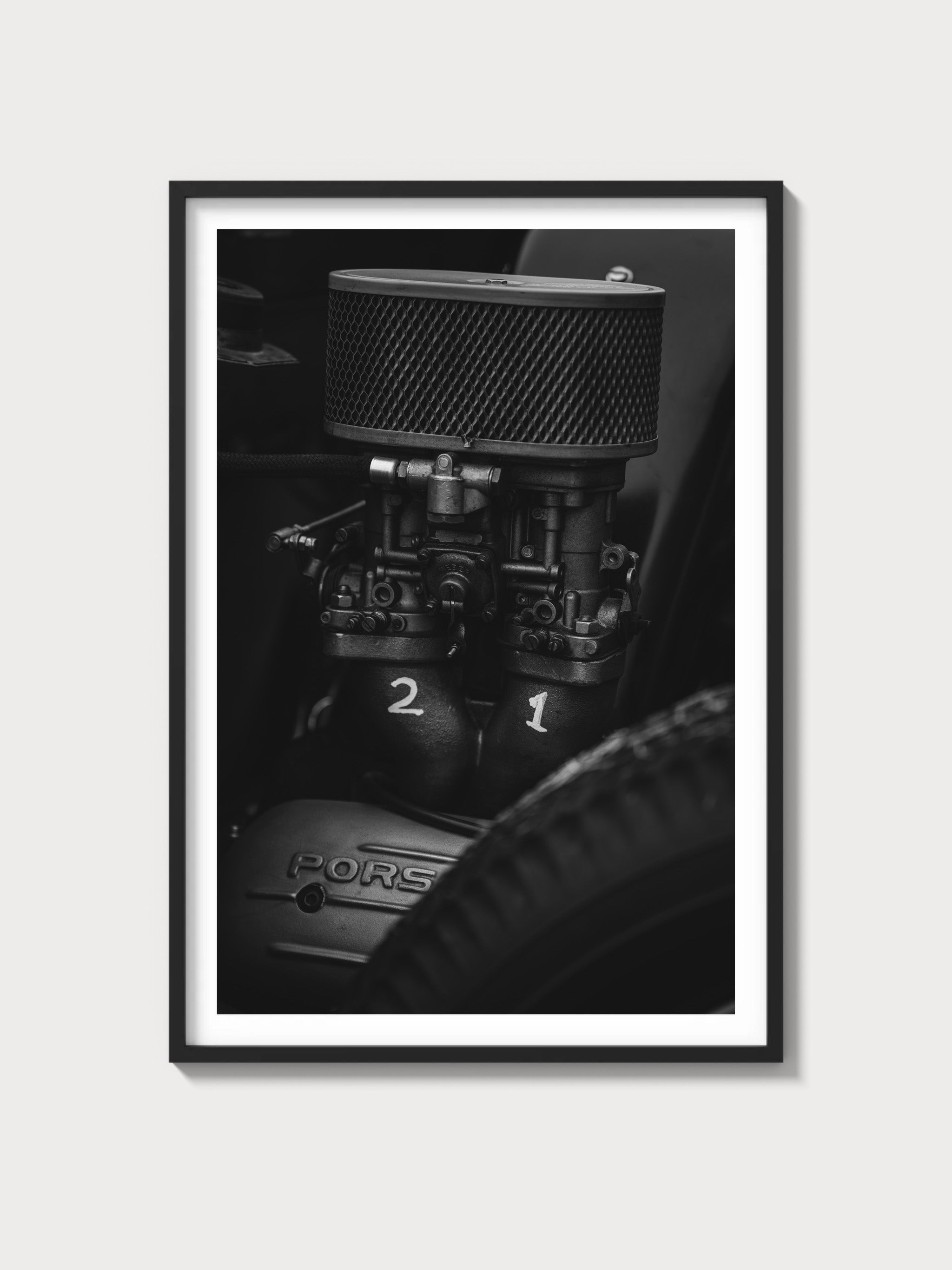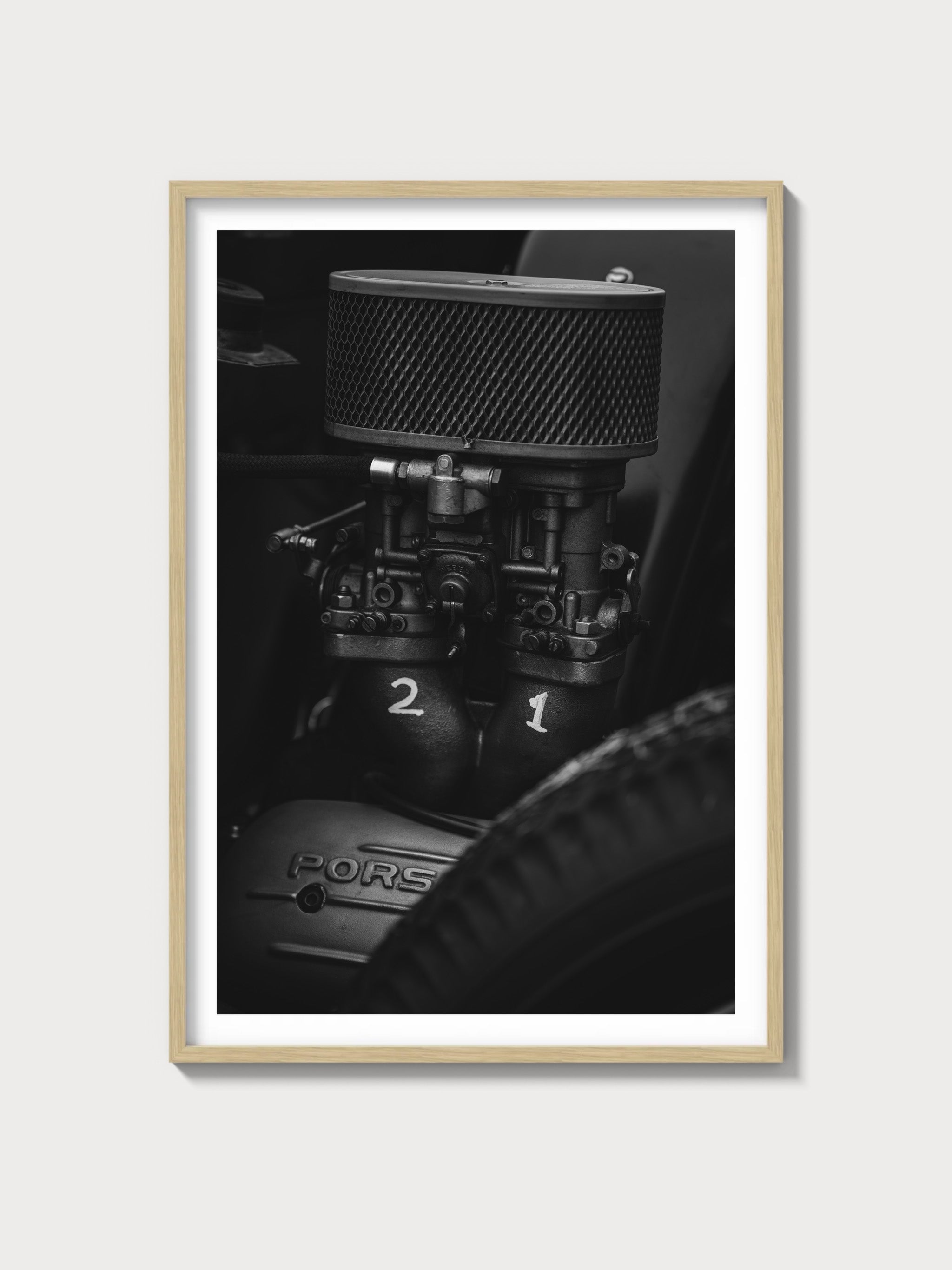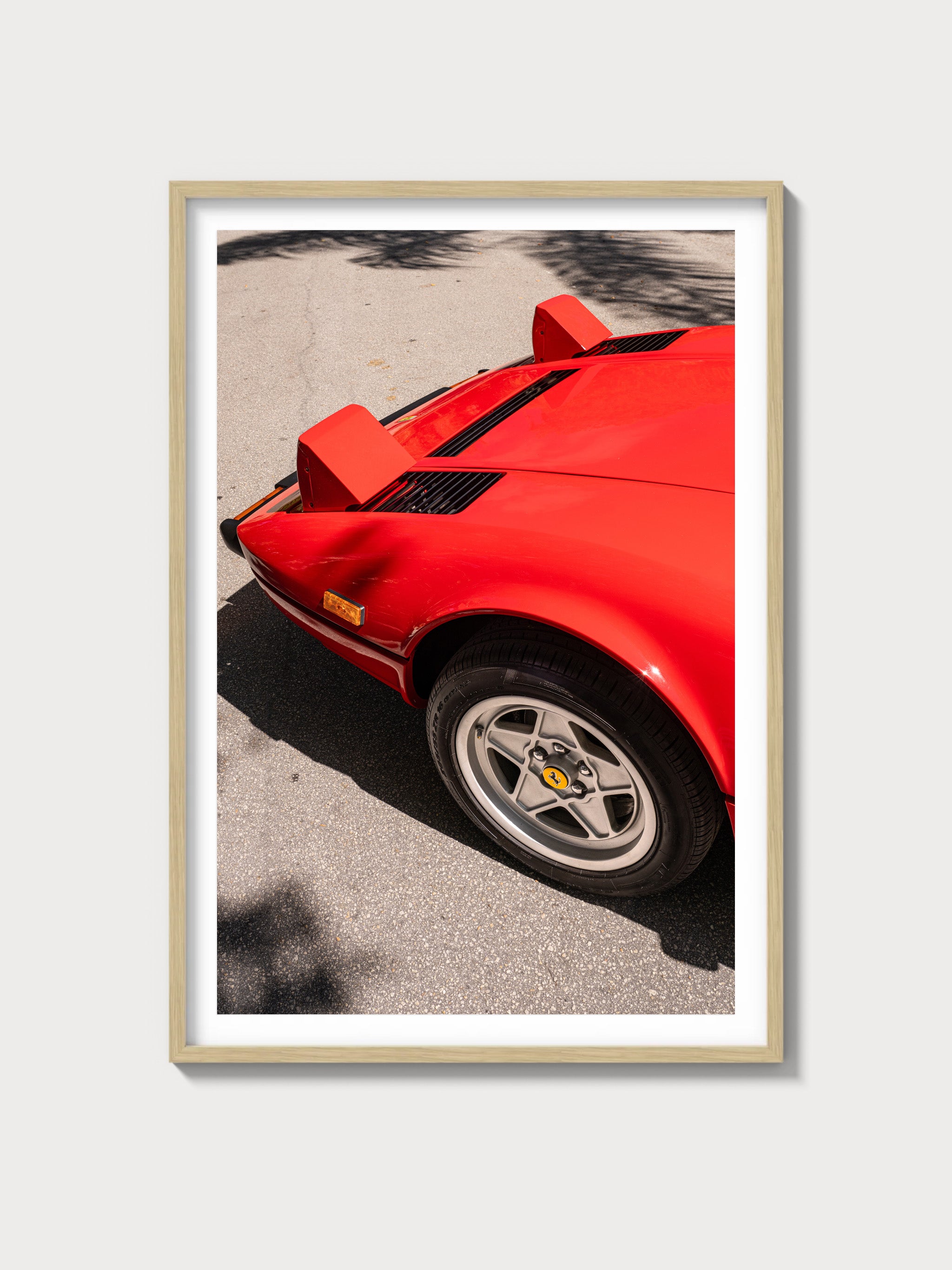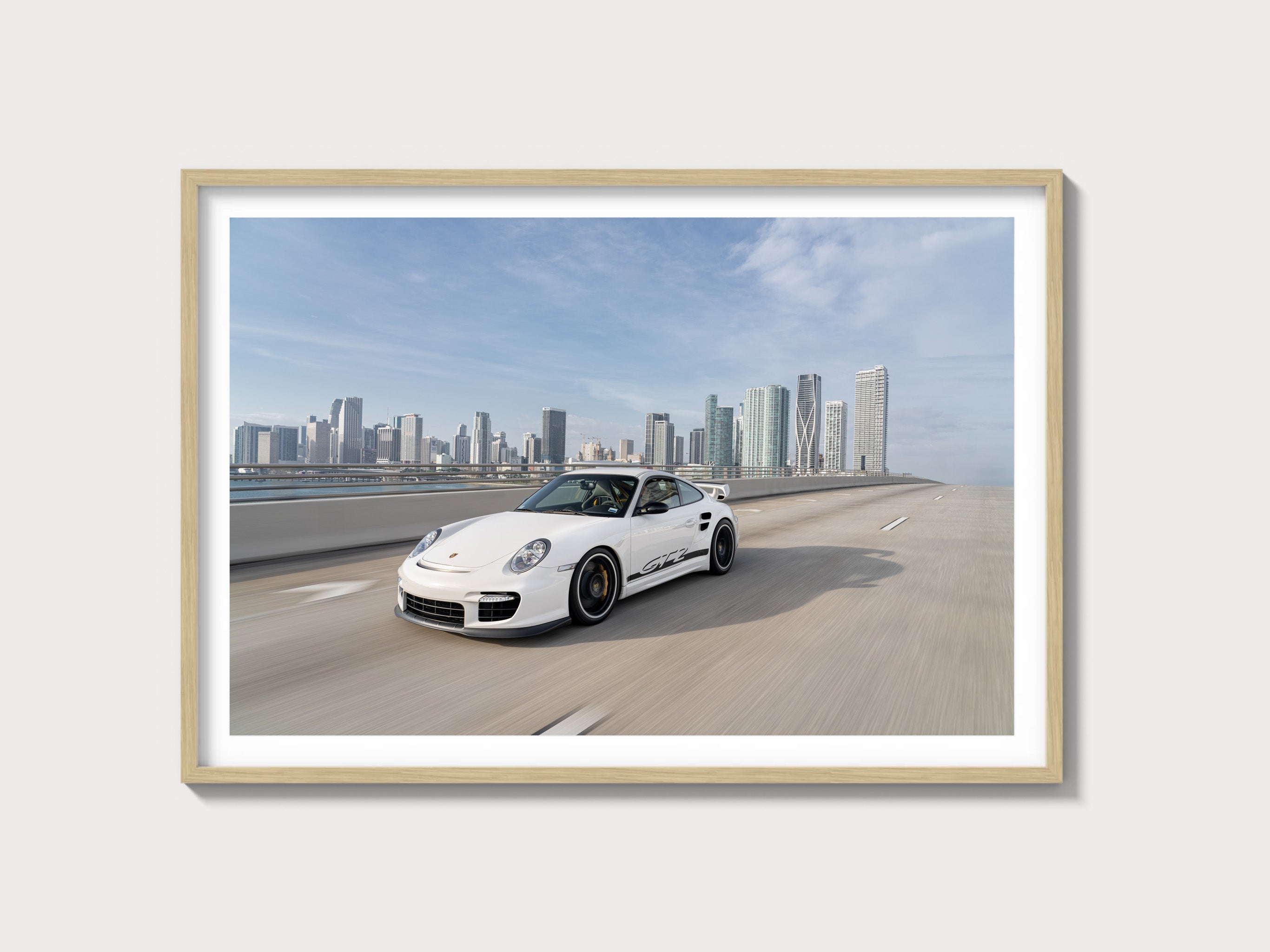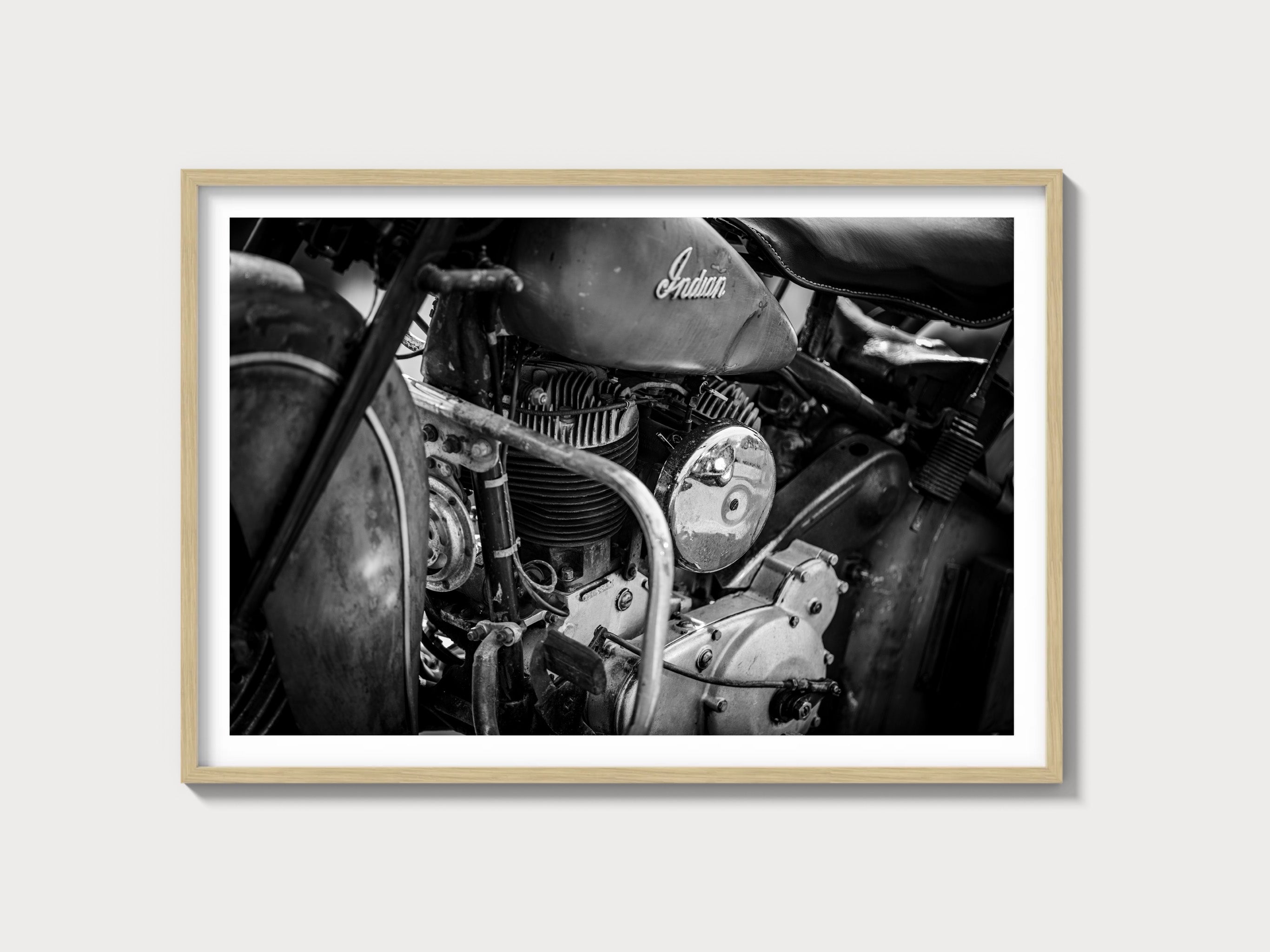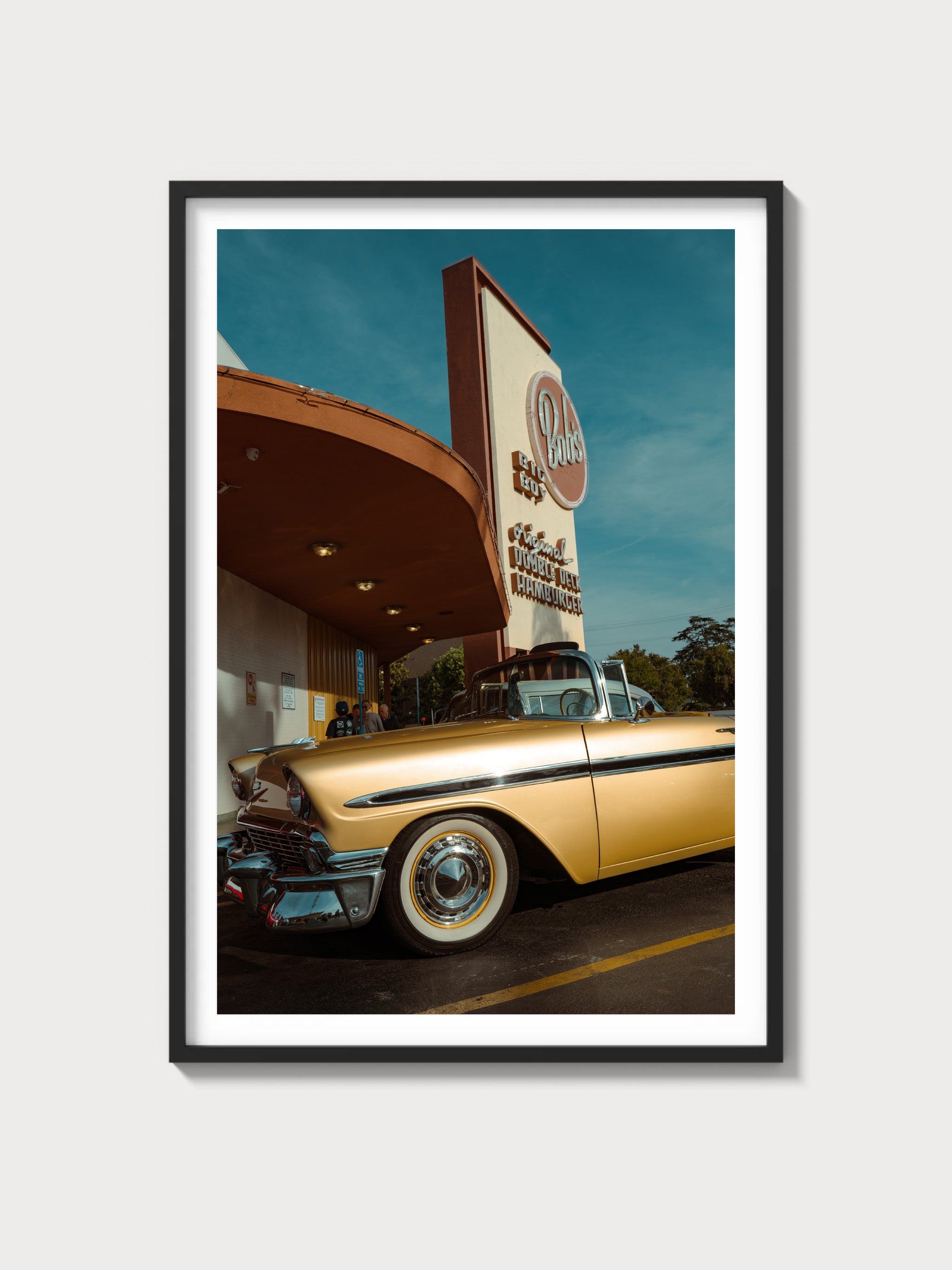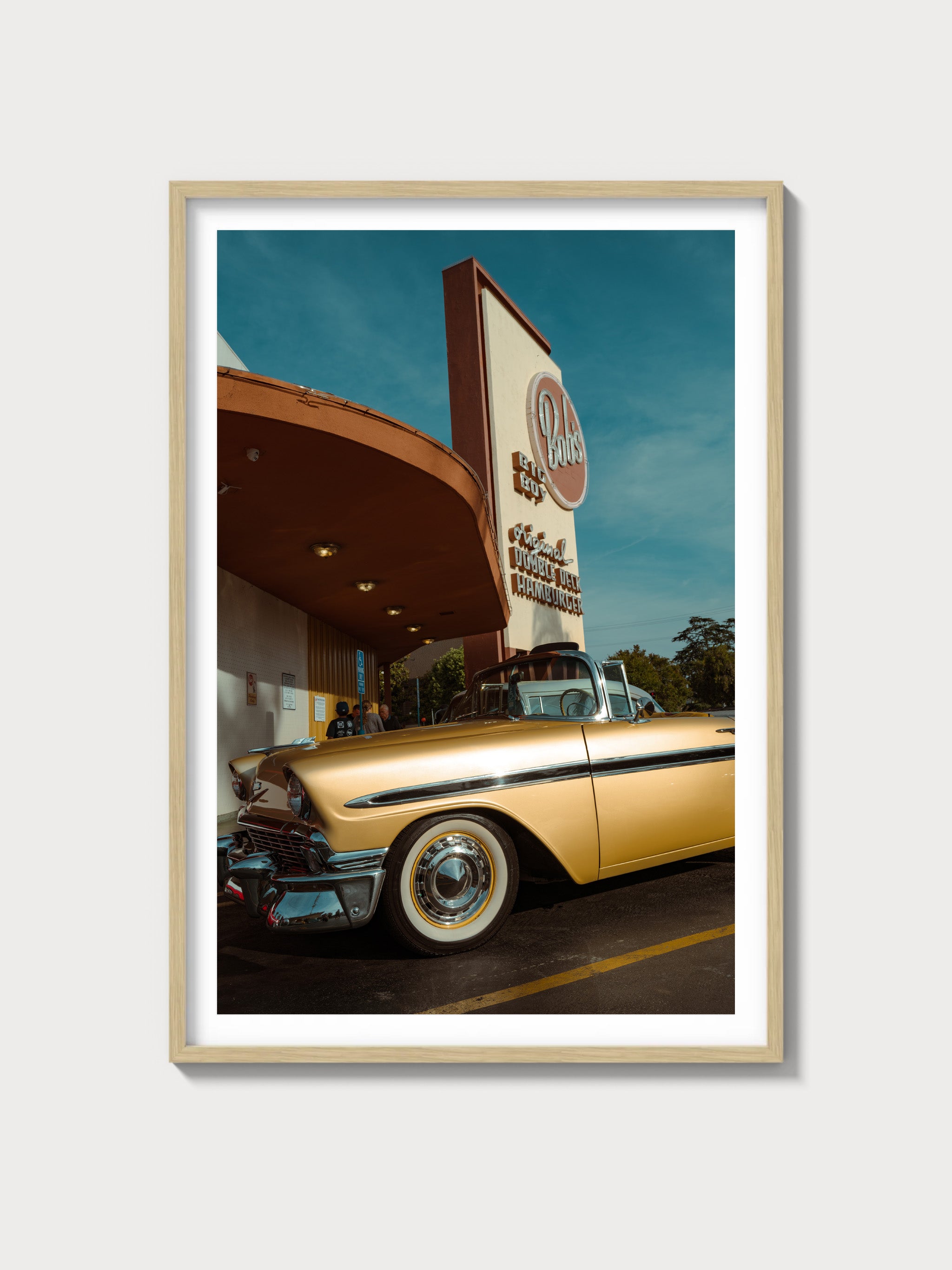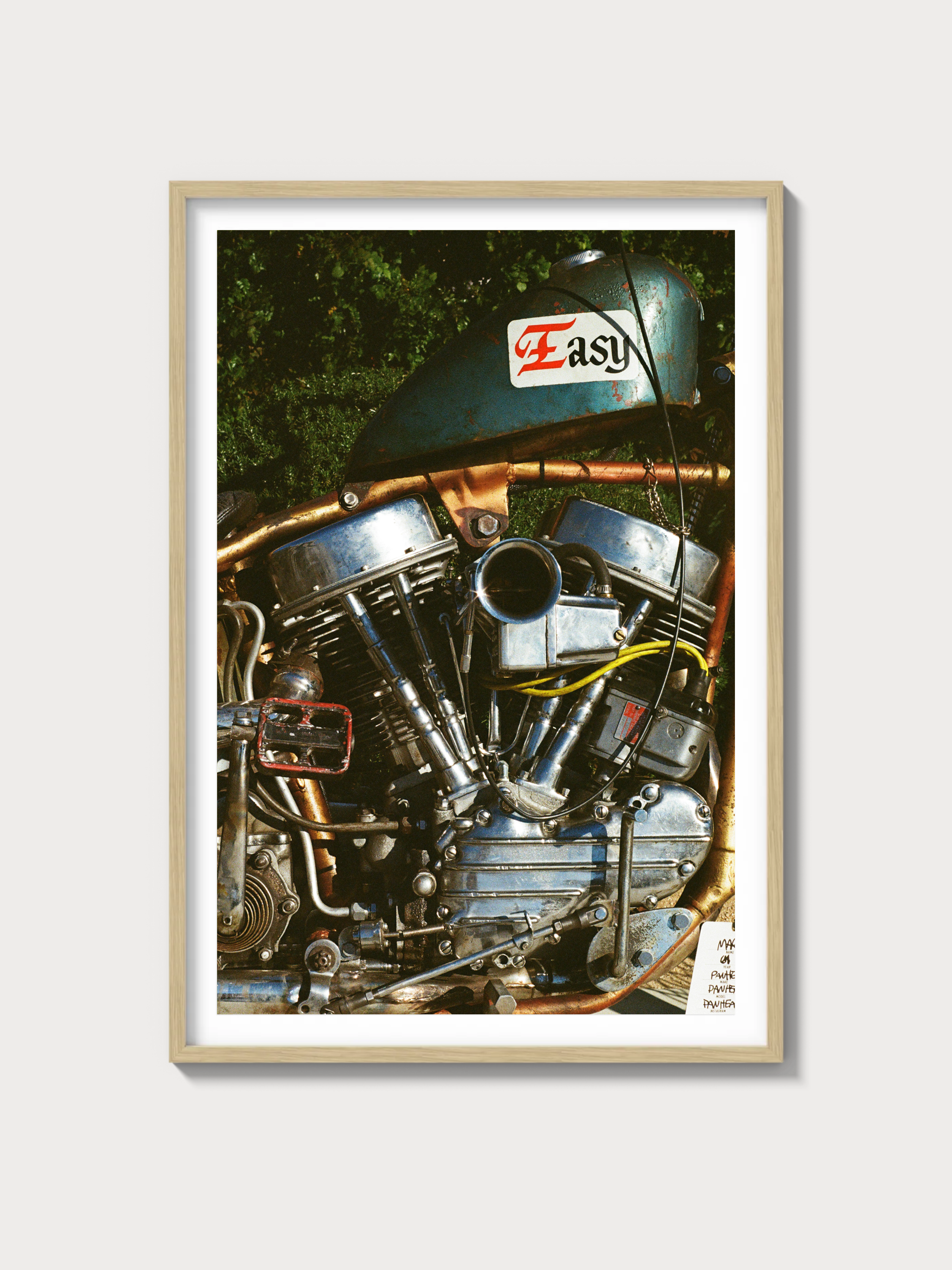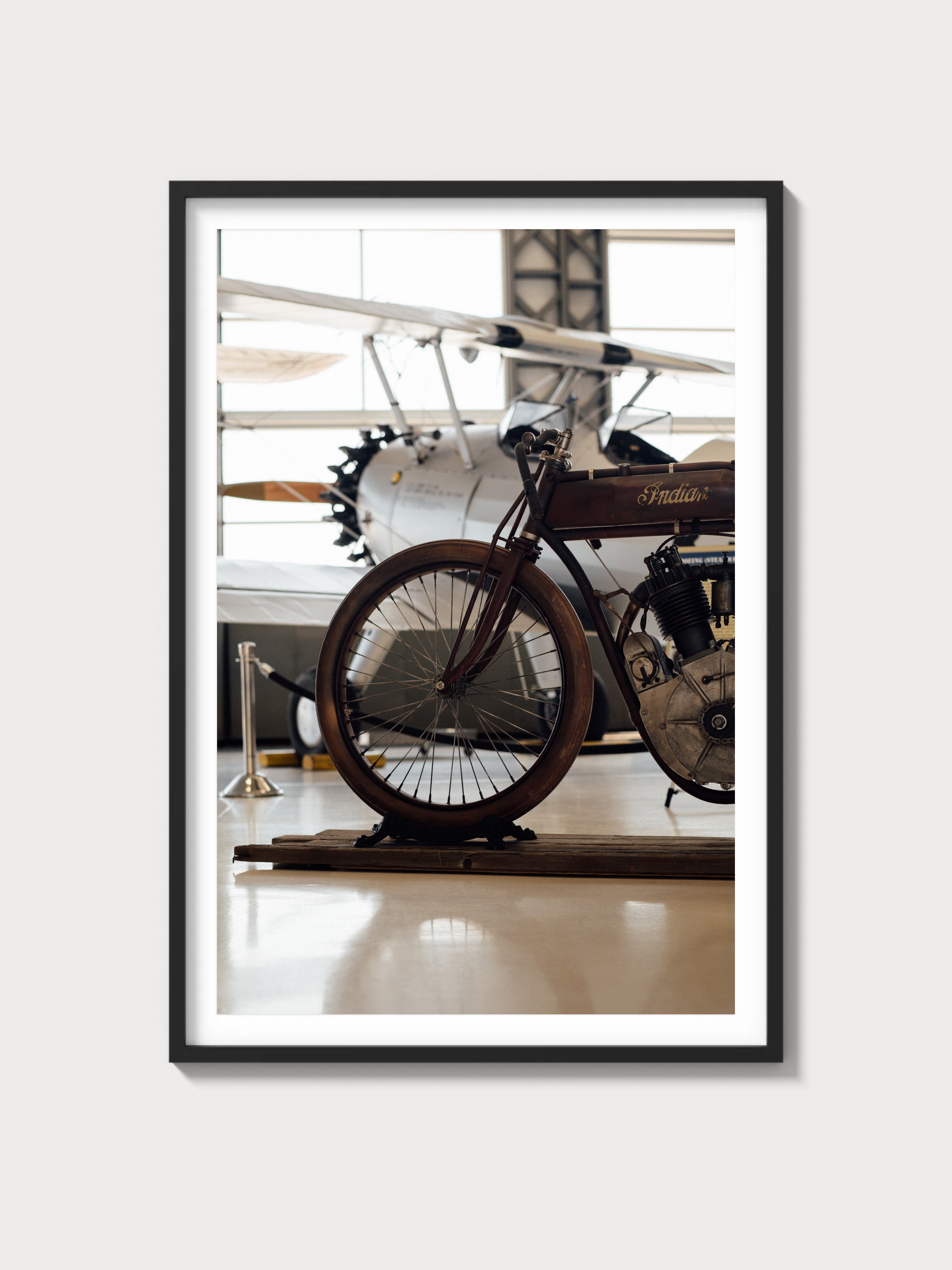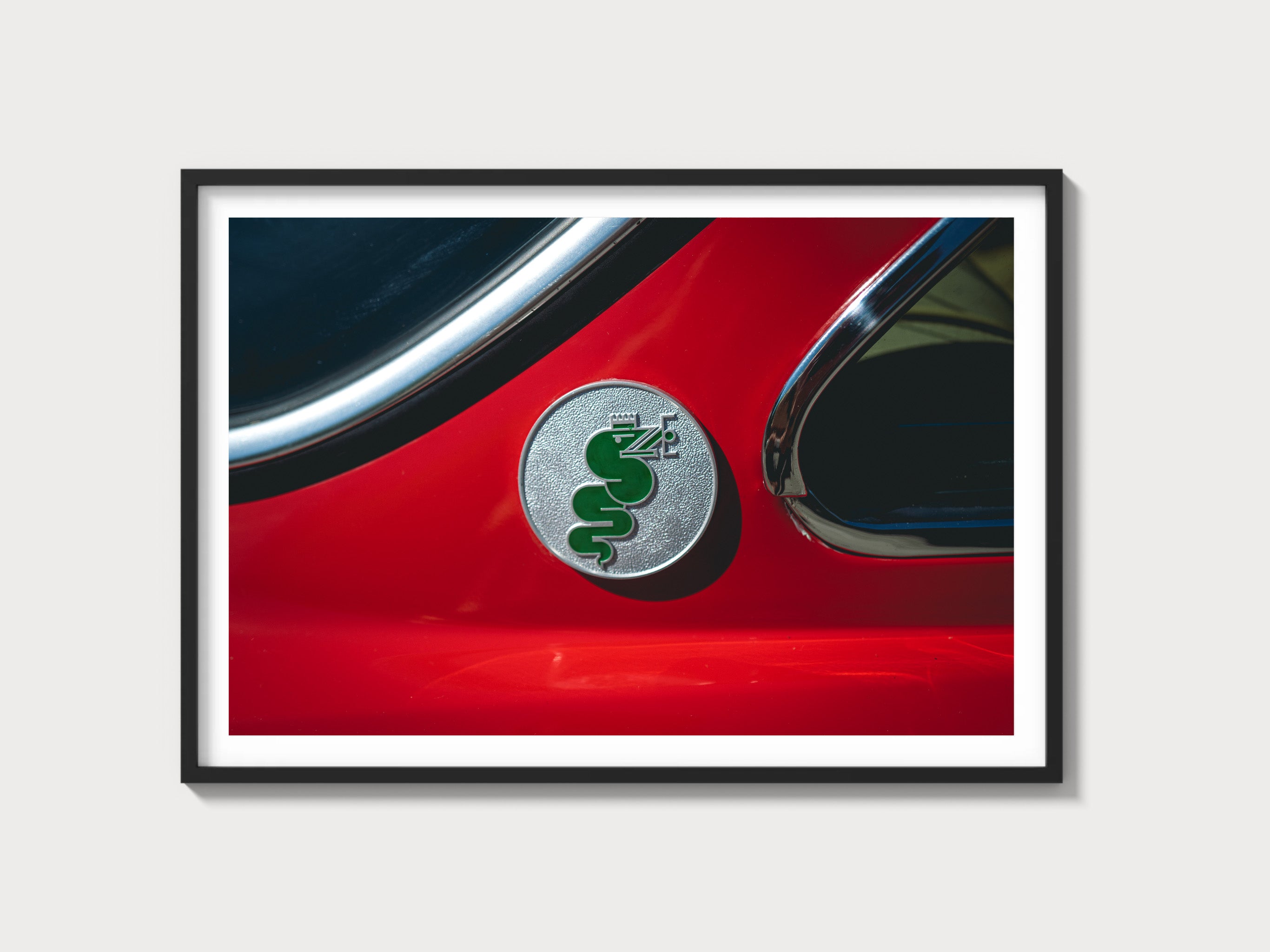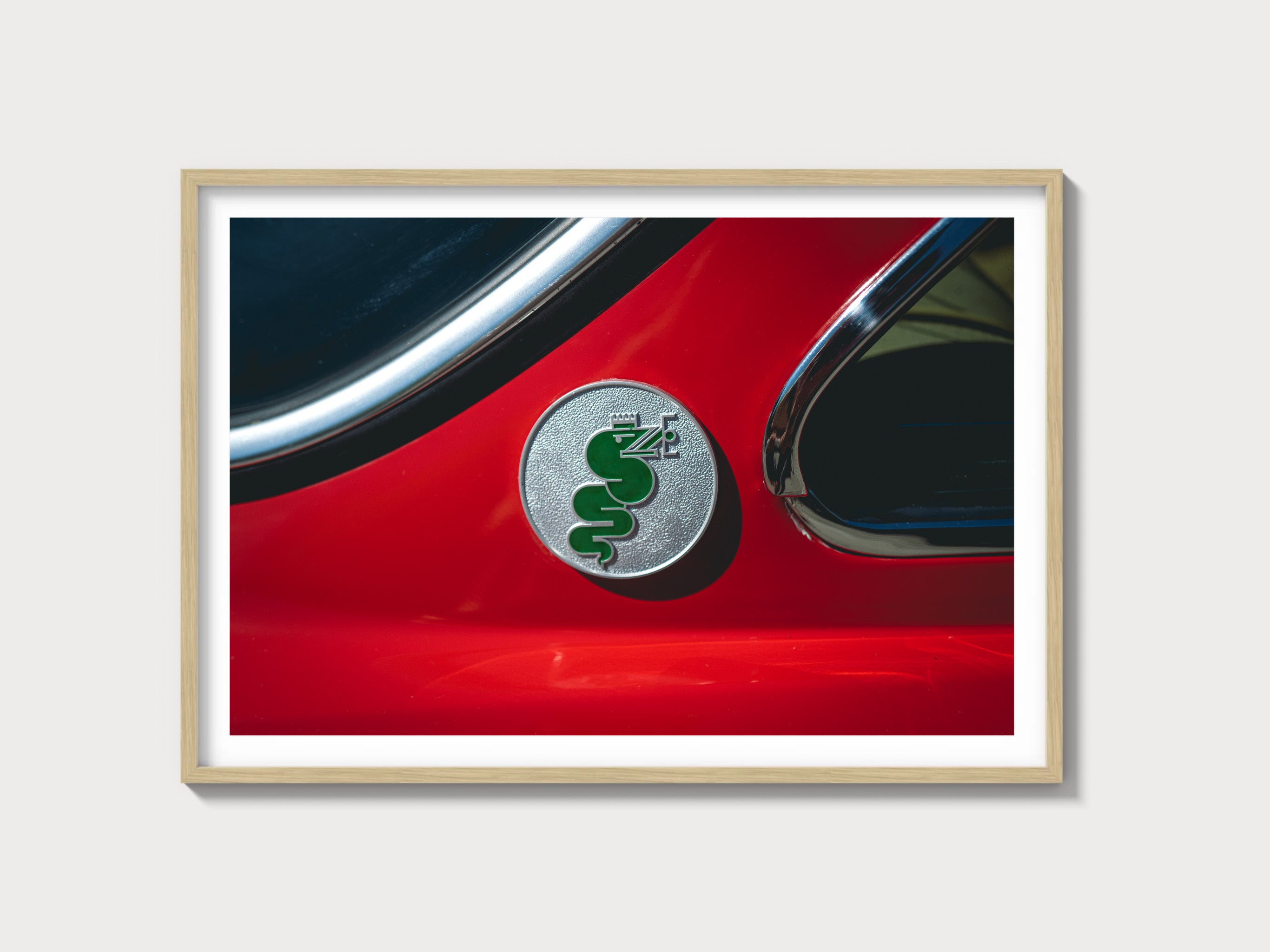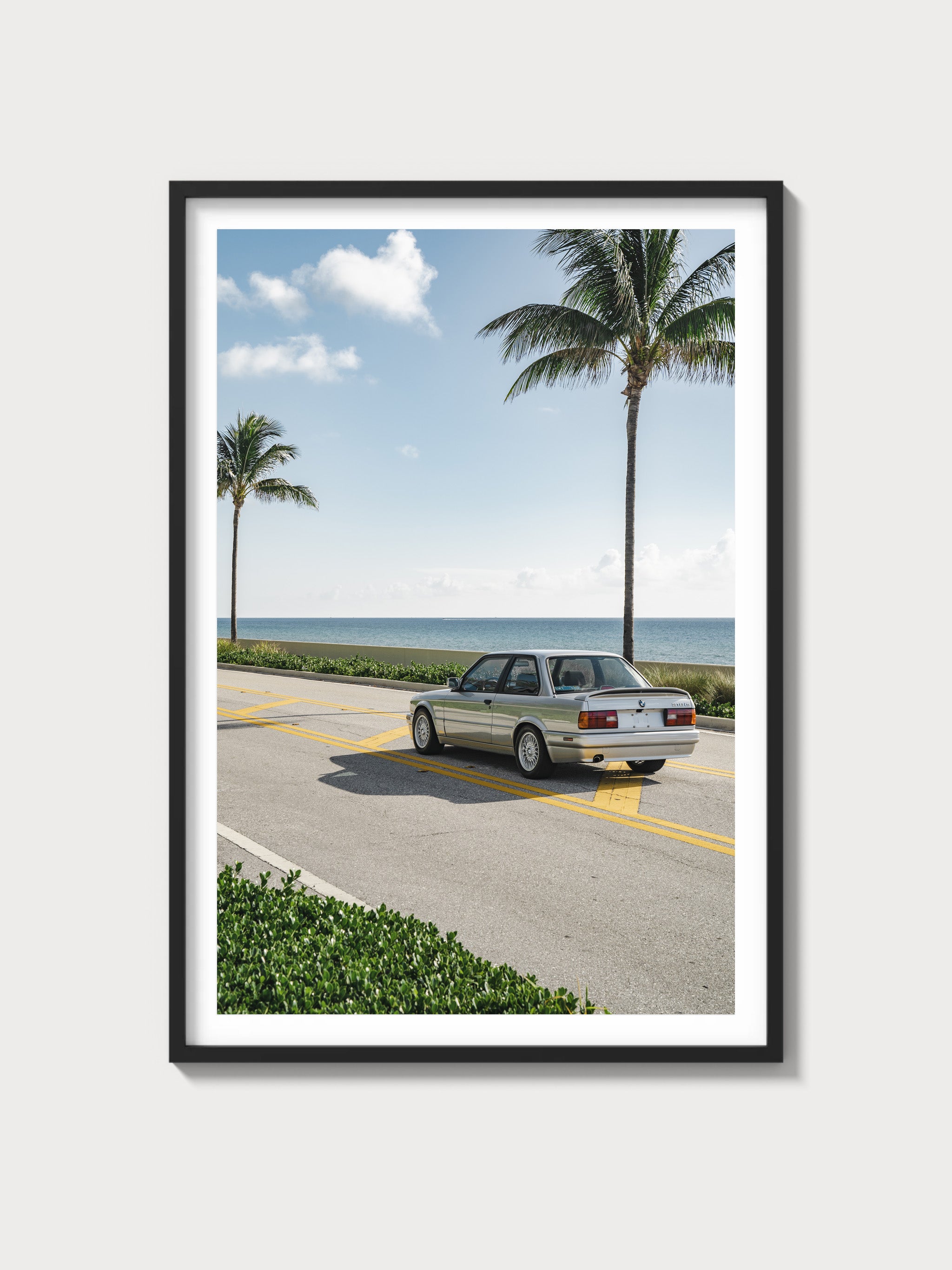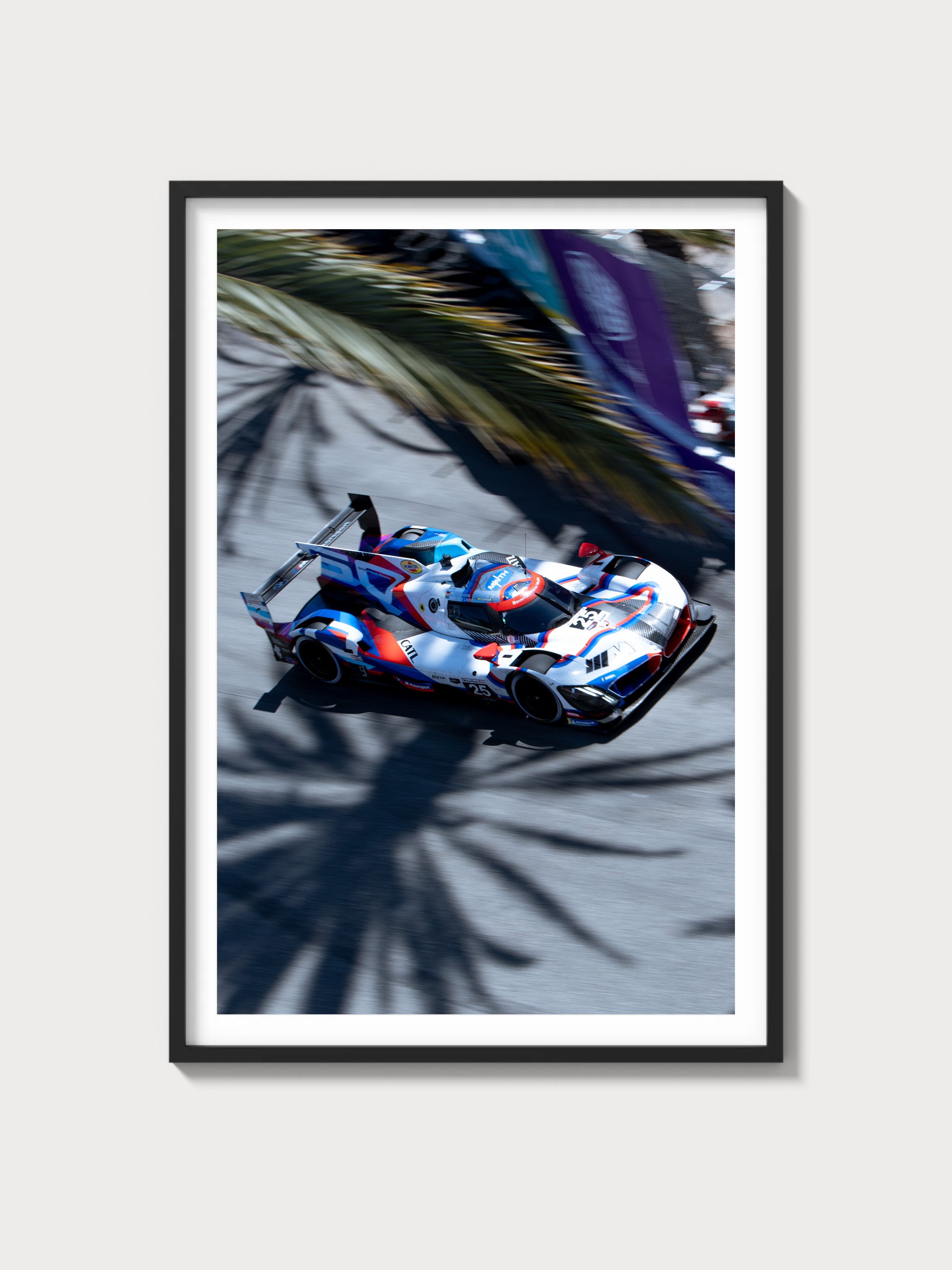Ferrari 250 GT 2+2: The Definitive History, Specs, and Legacy
Introduction: Ferrari’s First Four-Seater
In the illustrious progression of Ferrari’s 250 series, the 250 GT 2+2, introduced in 1960, marks a groundbreaking milestone—a grand tourer that debuted Ferrari’s first production four-seater design. Powered by a 3.0-liter Colombo V12, this model saw 353 units crafted by Pininfarina, blending practicality with the marque’s signature elegance and performance. Succeeding the 250 GT Coupé Pininfarina, the 250 GT 2+2 expanded Ferrari’s appeal, offering a versatile GT for families and enthusiasts alike.
The year 1960 was a transformative period for Ferrari, its racing triumphs—250 GT TdF and 250 TR—bolstering road car demand. Unveiled at the 1960 Paris Motor Show, the 250 GT 2+2 redefined luxury touring. This exhaustive history, written with a Ferrari historian’s precision, delves into its technical refinement, its sophisticated styling, its subtle racing ties, and its lasting legacy.
Historical Context: Ferrari’s Practical Evolution
The Ferrari 250 GT 2+2 emerged during an era of broadening horizons for Maranello. By 1960, Ferrari’s racing pedigree—California Spyder’s allure, TdF’s GT victories—had solidified its prestige, yet Enzo sought to capture a wider audience. The 250 GT Coupé Pininfarina’s 154-unit run proved series production viability, but its two-seat layout limited practicality. The 2+2, with its extended cabin, answered, introducing Ferrari’s first true four-seater to meet the demands of affluent buyers seeking versatility.
A total of 353 units were built (1960-1963)—all Pininfarina coupes, with minor updates over time. Chassis 1737GT, the prototype, debuted at Paris in October 1960, its elongated roofline a bold departure from prior GTs. This was a car for cosmopolitan families—European elites, American executives—its volume reflecting Ferrari’s industrial maturity amid Italy’s early-1960s economic surge.
The broader context of 1960 shaped its purpose. Europe’s car market thrived—Mercedes 300 SE, Jaguar Mark 2—while America’s luxury segment grew. The 250 GT 2+2 bridged Ferrari’s performance heritage with practical luxury, its Colombo V12 tying it to the 250 GT Boano/Ellena.
Technical Specifications: The Colombo V12’s Practical Tune
The Ferrari 250 GT 2+2’s heart was its 3.0-liter Colombo V12—a refined engine balanced for grand touring and practicality. Below, we dissect its engineering with historian’s rigor.
Engine: Colombo’s 3.0-Liter Versatility
Displacing 2,953 cc (bore 73 mm, stroke 58.8 mm), the 2+2’s V12 matched the TdF and Coupé Pininfarina’s units. With a single overhead camshaft per bank, an 8.8:1 compression ratio, and triple Weber 36 DCL/3 carburetors (later 40 DCZ/6s), it produced 240 horsepower at 7,000 rpm—consistent with its 250 GT kin. The aluminum block and heads, wet-sump lubrication, and 60-degree V-angle weighed 275 lbs, delivering 180 lb-ft of torque at 5,500 rpm.
This engine was a touring workhorse. Chassis 2089GT, a 1961 model, hit 260 hp with high-flow carbs, echoing racing roots, yet its standard tune prioritized smoothness and reliability for daily use.
Performance: Refined Speed
The 2+2 reached 149 mph (240 km/h)—verified by Motor Trend’s 1961 test—trailing the TdF’s 162 mph due to its heavier build, with a 0-60 mph time of ~7.5 seconds. Its power-to-weight ratio (178 hp/ton) lagged behind the TdF (248 hp/ton), but it matched luxury peers like the Jaguar Mark 2.
Chassis and Suspension: Comfortable Stability
The chassis was a tubular steel ladder frame, weighing 1,350 kg (2,976 lbs)—heavier than the TdF’s 1,050 kg due to its steel body and extended cabin. Its 2,600 mm wheelbase matched the Coupé, but a wider track (1,400 mm) and softer springs enhanced stability. Front suspension used double wishbones with a transverse leaf spring, while the rear featured a live axle with semi-elliptic leaf springs, tuned for a plush ride.
Transmission and Brakes: Smooth Mechanics
A 4-speed manual gearbox with overdrive—synchronized from 1961—drove the rear wheels, its ratios (1st: 2.90, 4th: 0.70 OD) favoring cruising. Braking relied on 14-inch hydraulic disc brakes (standard by 1960), delivering 0.9g deceleration—a step up from earlier drums.
| Specification | Details |
|---|---|
| Engine | 3.0L V12, 240-260 hp @ 7,000 rpm |
| Displacement | 2,953 cc (73 mm x 58.8 mm) |
| Top Speed | ~149 mph (240 km/h) |
| 0-60 mph | ~7.5 seconds |
| Weight | 1,350 kg (2,976 lbs) |
| Transmission | 4-speed manual with overdrive |
| Suspension (Front) | Double wishbone, transverse leaf springs |
| Suspension (Rear) | Live axle, semi-elliptic leaf springs |
| Brakes | Hydraulic discs, 14-inch |
Design and Styling: Pininfarina’s Practical Elegance
The Ferrari 250 GT 2+2’s aesthetic was a blend of sophistication and utility, crafted by Pininfarina.
Exterior: Graceful Proportions
Pininfarina built all 353 coupes—chassis 1737GT featured a wide grille, sleek fenders, and an extended roofline, finished in Nero Daytona. Later models (e.g., 3475GT) added chrome trim and revised vents. The 2,600 mm wheelbase, stretched cabin, and steel body (some aluminum panels) balanced style and strength.
Interior: Four-Seat Refinement
The cabin was a luxurious first: leather seats for four (tan or black), a wood-rimmed steering wheel, and Veglia gauges—tachometer (7,500 rpm redline), speedometer, oil pressure. Bespoke touches—2089GT’s walnut dash—set it apart from the Coupé, offering practical elegance.
Production and Variants: A Family GT
The Ferrari 250 GT 2+2’s 353-unit run (1960-1963) was a production triumph—all Pininfarina coupes, with updates like overdrive and disc brakes. Chassis 1737GT launched the series, while 4889GT closed it, transitioning to the 330 GT 2+2. No racing variants existed—its focus was the road.
Performance and Racing Legacy: A Tourer’s Quiet Power
The Ferrari 250 GT 2+2 racing history is minimal, its grand touring ethos dominant. Chassis 2429GT, tuned to 250 hp, ran the 1961 Coppa Inter-Europa, placing mid-field among privateers. Its true realm was the highway—Autostrada, Route 66—where its 149 mph top speed and composed handling shone.
Ownership and Market Value: A Practical Classic
The Ferrari 250 GT 2+2 value reflects its rarity and innovation. Early owners included Italian nobility and U.S. families. Today, prices range $300,000-$500,000—chassis 1737GT sold for $425,000 at Bonhams 2021. Restoration costs—V12 rebuilds at $100,000—highlight its appeal.
Cultural Impact: Ferrari’s Family GT Milestone
The 250 GT 2+2 pioneered Ferrari’s four-seater lineage, its Colombo V12 and Pininfarina design influencing the 330 GT 2+2. In 1960s lore, it’s the car of stylish family tours, a bridge to Maranello’s modern GT era.
Comparisons: Ferrari 250 GT 2+2 vs Rivals
The Ferrari 250 GT 2+2 vs Jaguar Mark 2 pits 240 hp V12 against 220 hp straight-6—Ferrari led in prestige, Jaguar in value. The Mercedes 300 SE (160 hp) trailed in power but matched in luxury.
| Model | Engine | Power | Weight | Top Speed |
|---|---|---|---|---|
| Ferrari 250 GT 2+2 | 3.0L V12 | 240-260 hp | 1,350 kg | ~149 mph |
| Jaguar Mark 2 | 3.8L Straight-6 | 220 hp | 1,520 kg | ~125 mph |
| Mercedes 300 SE | 3.0L Straight-6 | 160 hp | 1,630 kg | ~112 mph |
Frequently Asked Questions
What was the Ferrari 250 GT 2+2?
A 1960 3.0L V12 grand tourer.
How many were made?
353 units.
What engine powered it?
2,953 cc Colombo V12, 240-260 hp.
Did it race?
Rarely—built for touring.
What’s its value?
$300,000-$500,000.




